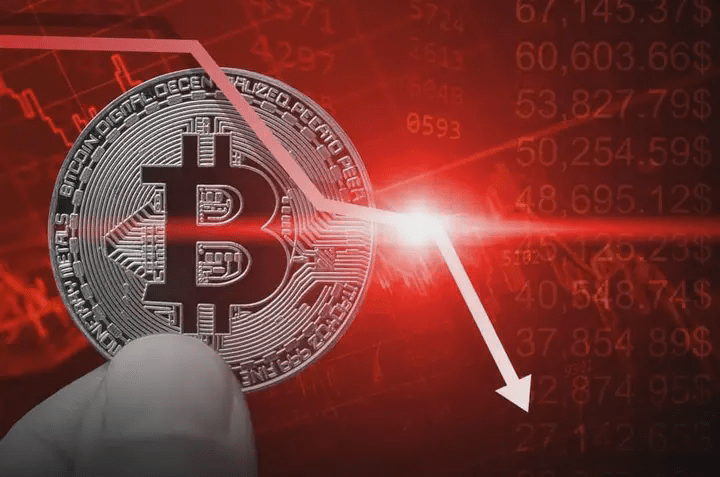Yesterday, Bitcoin experienced a significant correction, directly falling below $117,000. The reasons may be threefold: selling by Bitcoin 'ancient whales', rising Japanese long bond rates, and market hedging ahead of the CPI announcement. These combined factors caused Bitcoin to drop 3,000 points in one morning. Looking at U.S. stock index futures, although there was a correction, the extent was not very large, so the whale selling is believed to be the main reason for yesterday's market decline.
Looking at the bond market, it was not just Japan yesterday; global long-term government bonds faced a significant sell-off, with long bond yields in the UK, France, and Germany all rising sharply. If government bond yields in various countries continue to rise significantly, it will tighten global liquidity, increase borrowing costs, and directly impact the risk asset market. Thus, when the U.S. 30-year Treasury yield rose to 5% last night, both the U.S. stock and cryptocurrency markets quickly fell.

The surge in Treasury yields directly offset the impact of the CPI data released last night. However, the CPI is not very optimistic; the core CPI increased less than expected, but the numbers still rose. So inflation is still warming up, just close to the expected value. Consequently, U.S. stocks and Bitcoin saw a slight rebound early but the upward momentum was not strong and was then hit by news of rising Treasury yields, maintaining Bitcoin in the range of $116,000 to $117,000. As long as it does not fall below $112,000, it is expected to fluctuate between $116,000 and $120,000 this week.
Regarding shanzhai coins
U.S. asset management company ProShares has once again entered the cryptocurrency market with two leveraged futures ETFs tracking the price movements of Solana (SOL) and XRP, officially listing them on NYSE Arca on Tuesday.
According to the official announcement, the two new funds are 'ProShares Ultra Solana ETF (SLON)' and 'ProShares Ultra XRP ETF (UXRP)', both offering 2x leveraged returns. However, unlike spot ETFs, these two funds do not hold any SOL or XRP spot, but invest in regulated futures contracts.
According to a letter made public on Monday, the aforementioned ETFs have been approved for listing by NYSE Arca, a fully electronic exchange under the New York Stock Exchange, and the U.S. Securities and Exchange Commission (SEC).
Although futures-based ETFs do not provide direct exposure to spot prices for investors, their successful listing and trading undoubtedly confirm the increasing acceptance of cryptocurrency derivatives by institutions, especially in a futures market that is already under regulatory framework, becoming an important bridge for institutions to enter the cryptocurrency space.
Looking back, futures-based ETFs have always been viewed as a key outpost for spot ETFs. The regulated futures market behind them helps supervisory authorities grasp important indicators such as market liquidity, pricing mechanisms, and investor protection, serving as a reference for future assessments of the feasibility of spot ETFs.
Currently, asset management companies including VanEck and Bitwise have submitted applications for SOL and XRP spot ETFs to the SEC, but have not yet received approval. ProShares is taking the lead in futures products, which is likely to become an important boost for subsequent spot ETFs to break through regulatory barriers.
The U.S. SEC may approve multiple shanzhai coin ETFs in the second half of 2025, with LTC, SOL, and XRP having a 95% approval probability, while DOGE, HBAR, Cardano, Polkadot, and Avalanche are expected to have a 90% approval probability. SUI is expected to have a 60% approval probability, and Tron/TRX and Pengu are expected to have a 50% approval probability.
Moreover, various 'shanzhai coins' versions of micro-strategies have been established, and shanzhai coins will usher in an era supported by ETF and institutional purchases.
The $500 million public sale of PUMP in 12 minutes indicates that when the right opportunities arise, there is still a large amount of liquidity willing to participate. Shanzhai coins are not 'dead'; they just need the right narrative.
